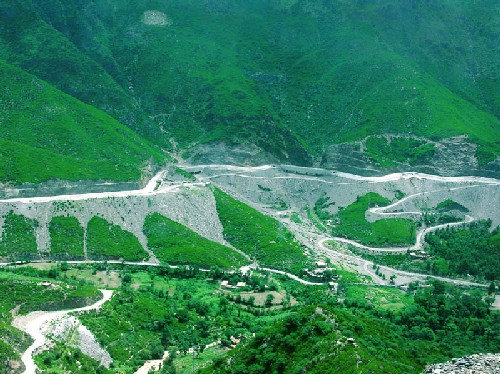Awesome Murree
Murree was developed in 1851 by the (then) President of the Punjab Administrative Board, Sir Henry Lawrence,[3] and was originally established for the British troops garrisoned on the Afghan frontier[4] as a sanatorium.[5] Officially, the municipality was created in 1850.[6]
The permanent town of Murree was constructed at Sunnybank in 1853. The church was sanctified in May 1857, and the main road, Jinnah Road, formerly known as The Mall (and still commonly referred to as), was built. The most significant commercial establishments, the Post Office, general merchants with European goods, tailors and a millinery, were established opposite the church. Until 1947, access to Jinnah Road was restricted for "natives" (non-Europeans).
Until 1876, Murree was the summer headquarters of the Punjab local government; after 1876 the headquarters were moved to Shimla.
The railway connection with Lahore, the capital of the Punjab Province, via Rawalpindi, made Murree a popular resort for Punjab officials, and the villas and other houses erected for the accommodation of English families gave it a European aspect. The houses crowned the summit and sides of an irregular ridge, the neighbouring hills were covered during the summer with encampments of British troops, while the station itself was filled with European visitors from the plains and travellers to Kashmir.
In the hot season it was the headquarters of the Lieutenant General of the Northern Command. The Commissioner of the Rawalpindi Division and the Deputy-Commissioner of Rawalpindi also resided here during part of the hot season, for which period an Assistant Commissioner was placed in charge of the subdivision consisting of Murree Tehsil. The site was selected in 1850 almost immediately after the annexation of the Province, and building operations commenced at once. In 1851 temporary accommodation was provided for a detachment of troops; and in 1853 permanent barracks were erected. The regular garrison generally consisted of two mountain batteries and one battalion of infantry. In 1873, 1874, and 1875 Murree was the summer headquarters of the Punjab Government. It was connected with Rawalpindi town by a service of tongas.












.jpg)
